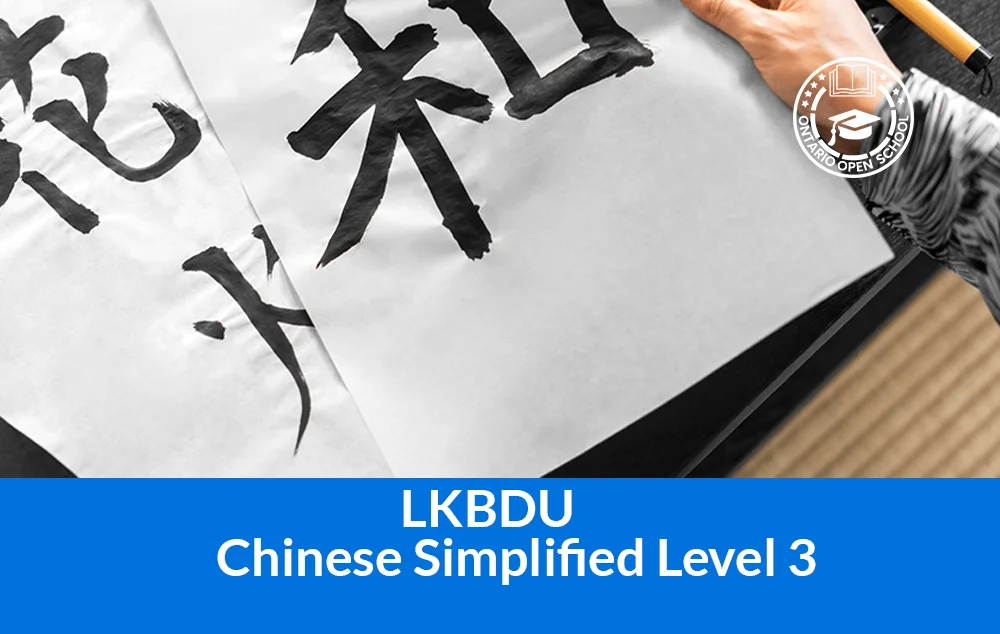Chinese Simplified, Level 3 – LKBDU (Tutoring)
Purpose
The primary purpose of assessment is to improve student learning. Assessment relates directly to the expectations for the course.
A variety of assessments for and as learning are conducted on a regular basis to allow ample opportunities for students to improve and ultimately demonstrate their full range of learning and for the teacher to gather information to provide feedback. Assessment tasks relate to the success criteria set out in lesson plans. Success criteria allow students to see what quality looks like.
Evaluation is the process of judging the quality of student work in relation to the achievement chart categories and criteria and assigning a percentage grade to represent that quality. Evaluation is based on gathering evidence of student achievement through:
Assessment for Learning – we provide feedback and coaching. Assessment FOR Learning is the process of seeking and interpreting evidence for the use of learners and their teachers to decide where the learners are in their learning, where they need to go, and how best to go there.
Assessment as Learning – we help students monitor progress, set goals, reflect on their learning
Assessment AS Learning is the process of the explicit fostering of students’ capacity over time to be their own best assessors, but teachers need to start by presenting and modeling external, structured opportunities for students to assess themselves.
Assessment of Learning – we use assessments to provide evaluative statements about student achievement. Assessment OF Learning is the assessment that becomes public and results in statements of symbols
(marks/grades/levels of achievement) about how well students are learning. It often contributes to pivotal decisions that will affect students’ future.
A wide variety of instructional strategies are used to provide learning opportunities to accommodate a variety of learning styles, interests and ability levels. These strategies include, but are not limited to:
In a conventional classroom, instructors employ a range of strategies for teaching a course:
In addition, teachers and students have at their disposal a number of tools that are unique to electronic learning environments:
All course material is online, no textbook or novels are required. Assignments are submitted electronically. The course ends in a final exam which the student writes under the supervision of a proctor approved by the school at a predetermined time and place. The final mark and report card are then forwarded to the student’s home school.
Students must achieve the Ministry of Education learning expectations of a course and complete 110 hours of planned learning activities, both online and offline, in order to earn a course credit.
The chart below indicates some general examples of online and offline activities.
| Online Learning Activities | Offline Learning Activities |
| Watching instructional videos | Reading materials for course |
| Watching additional resources videos | Studying instructional material |
| Completing online timed assignments | Practicing skills |
| Contributing to Forums | Completing assignments |
| Uploading video presentations | Completing essays |
| Communicating with instructor | Preparing presentations |
| Participating in live conferences | Reviewing for tests and exams |
| Practicing through online quizzes | Researching topics on internet |
| Reviewing peer submissions | |
| Assessing peer presentations | |
| Completing online timed exam |

Course Grade | International Languages |
Course Code | LKBDU |
Course Category | Classical Studies and International Languages |
Course Type | University Preparation |
Course Delivery | Online |
Course Duration | 8hrs |
Course Credit | 0 |